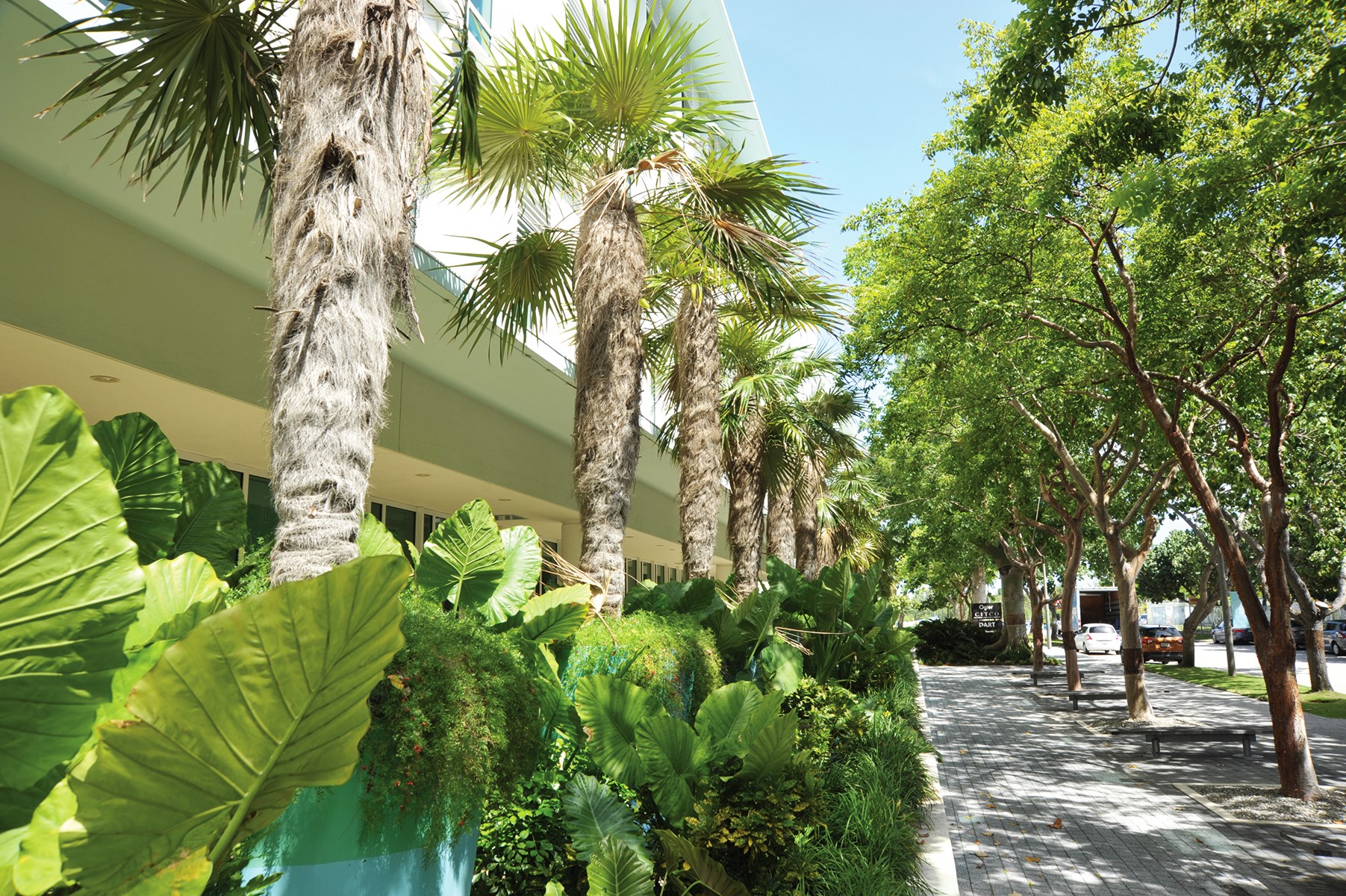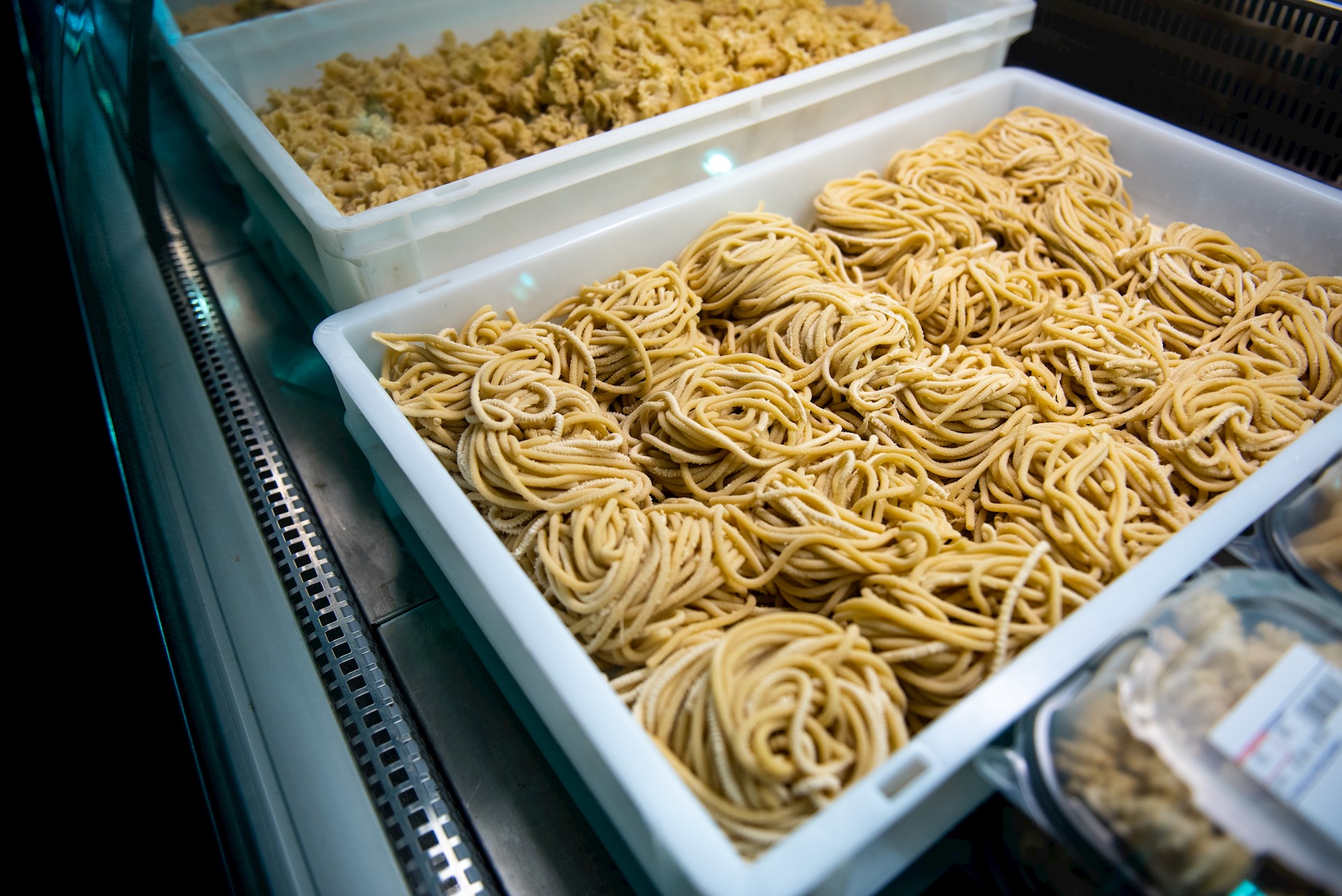
In observation of Wonderful Weirdos Day — yes, it's a real thing — on 9 September, this month’s article highlights the very weird "old man palm," or Coccothrinax crinita.
The tree earned its common name because of the fibrous hairs that cover the entire trunk (crinita is Latin for "hairy") resemble an old man's beard.
Endemic to Cuba, the old man palm is widely used in the subtropics as an ornamental, a thought-provoking focal, or even grouped together for dramatic effect.
In its native Cuba, it is typically found growing in seasonally flooded grassland-like conditions, and sometimes in wooded areas. Moderately drought and salt tolerant, it is an exceptional choice for adding interest to the landscape — as long as it is offered some protection from direct salt and wind.
Preferring well-drained soils and notoriously known as a slow grower, it will perform well in a large container.
In the wild, specimens can reach heights of up to 30 feet, but most top out around 20 feet otherwise and live for many years at maturity.
The "beard" of the old man palm is a mass of fibres that are attached to the trunk and held up by old leaf bases. Unlike woody trees, a single trunked palm-like Coccothrinax crinita will produce only one leaf or frond emerging from the terminal growth bud as an old frond dies. The dead leaf bases form a type of support for the fibres to hold onto and can reach several inches thick, giving the old man palm a much chunkier appearance at the trunk.
The fibrous beard is soft and spongy to the touch, but beware of the old leaf bases which can be pointy and hidden.
Aside from its obviously bizarre appearance, it has beautiful deep green palmately lobed leaves, with a silvery underside similar to the silver thatch palm — the national tree of the Cayman Islands — which is not terribly surprising since they are both in the genus Coccothrinax.
Situated in part shade, the old man palm is easy to care for, with very few pest and disease issues. It is, however, slightly susceptible to nutrient deficiencies, which is relatively easy to spot in the leaves.
Excess wind and moisture can damage the beard, so it is important to keep in mind that it requires a protected placement in landscapes.
The purple/black fruits that form after it flowers hold seeds that are quite easy to propagate, but may take some time to germinate. Several old man palms can be found in pots in front of 89 Nexus Way in Camana Bay, showing a great contrast with the clean lines and architecture of the building itself.
This article originally appeared in the September 2021 print edition of Camana Bay Times.

About the author
Shannon Schmidt is a horticulture manager at Dart’s Arboretum Services Ltd. Joining Dart in 2012, Shannon previously worked in parks, public gardens and tourism properties, among others. Originally from the Finger Lakes region of New York State, Shannon loves island life, spending time paddleboarding around the canals and mangroves, in the sea, and spending time outdoors with her two energetic Boston Terriers Nollie and Ebbie and her equally energetic partner Chase! Shannon holds a Bachelor of Science in Recreation, Park and Tourism Management from The Pennsylvania State University and a Diploma in Horticulture from the Longwood Gardens Professional School of Horticulture, and loves spending time swinging in a hammock, with her favourite smoothie from Jessie’s Juice Bar and reading material from Next Chapter.


